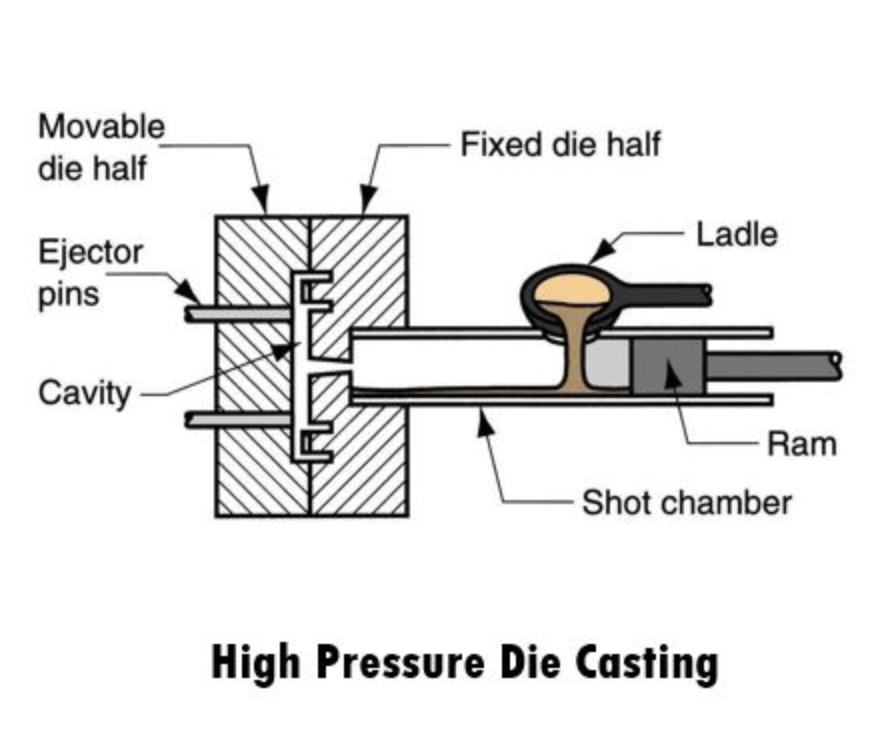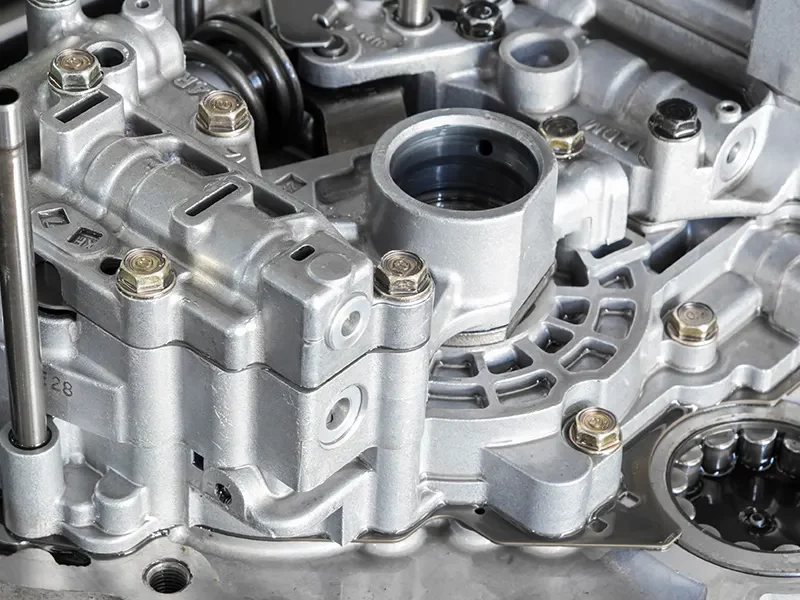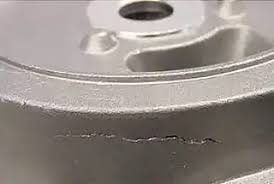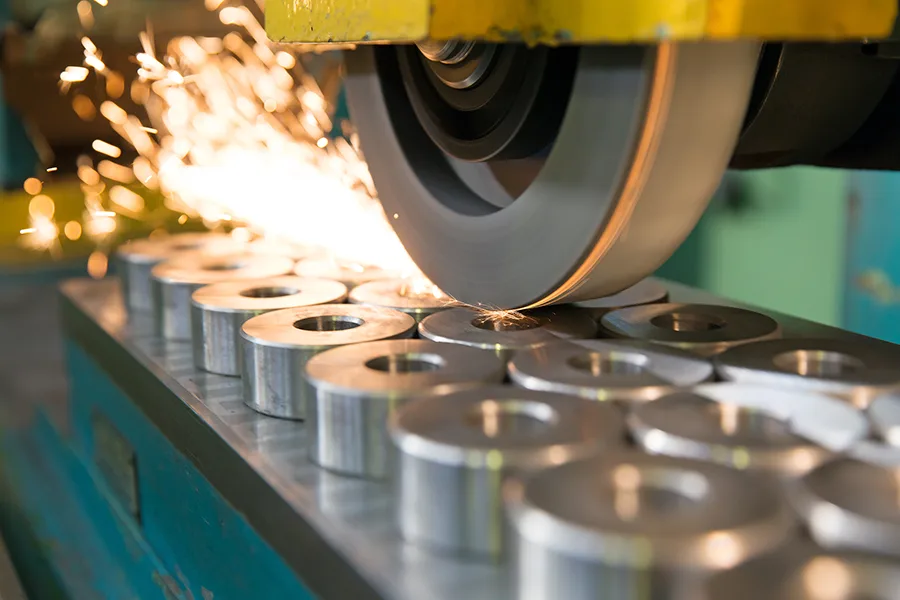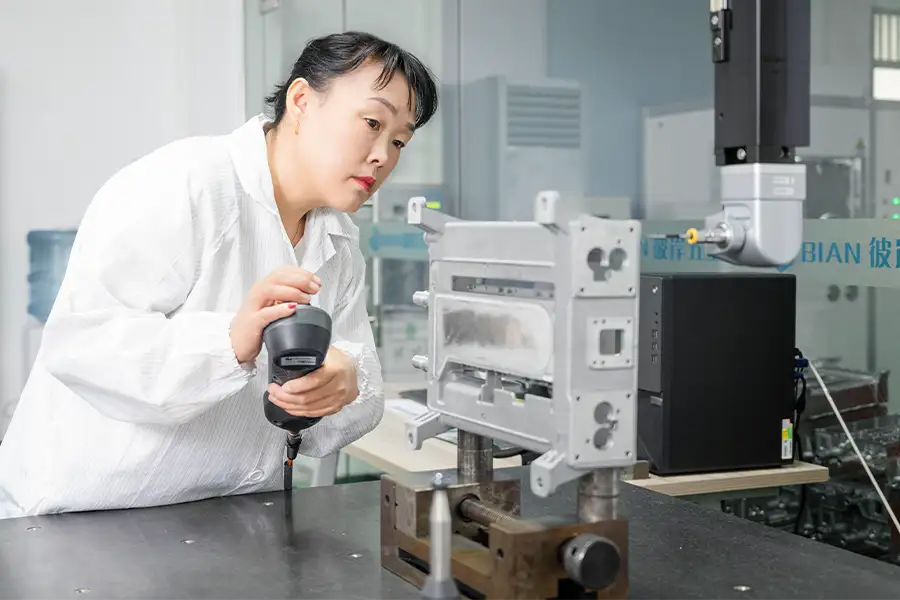CNC machining is a cutting-edge manufacturing process that utilizes computerized controls to operate and manipulate machine tools. This technology has revolutionized the way products are designed and produced, allowing for increased precision, efficiency, and customization. In this guide, we will explore the basics of CNC machining, including its benefits, types of machines, components, processes, materials and more .
What is CNC Machining?
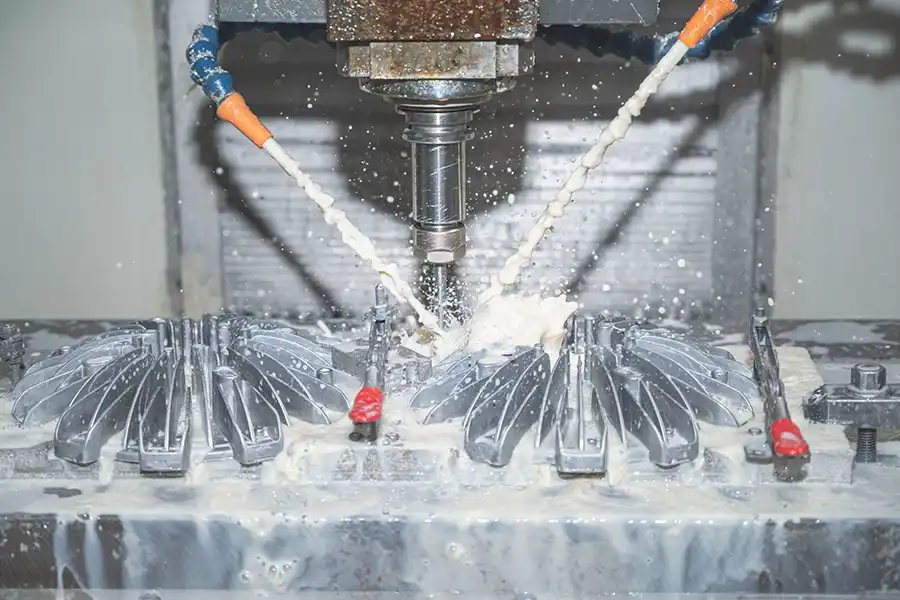
CNC machining, which stands for Computer Numerical Control machining, is a manufacturing process that utilizes computerized controls to operate and manipulate machine tools. This technology allows for the automated and precise shaping of various materials to create complex components and parts.
Benefits of CNC Machining
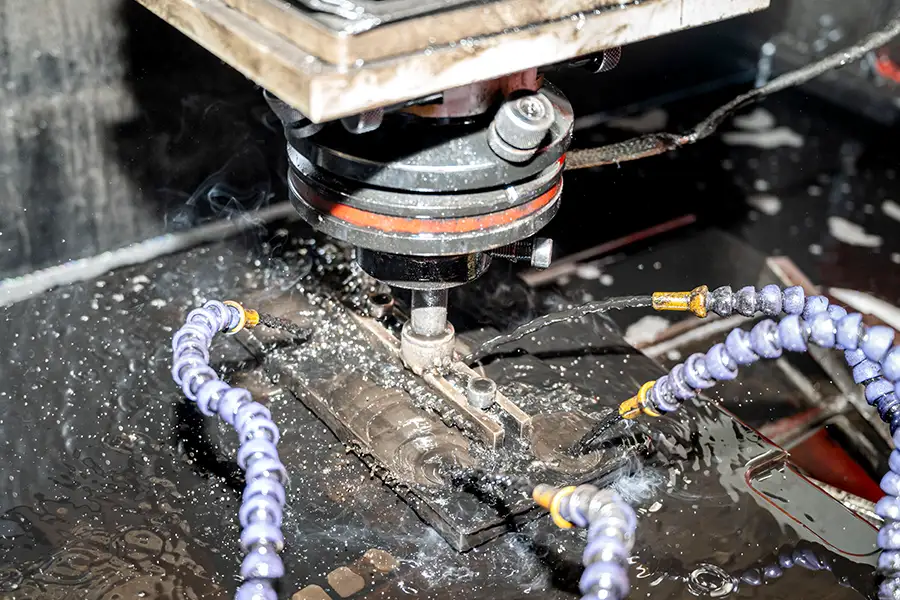
CNC machining offers a wide range of benefits, making it a versatile and indispensable technology in modern manufacturing processes.
Precision and Accuracy
One of the key advantages of CNC machining is its ability to produce highly accurate and precise parts. With computer-controlled automation, CNC machines can achieve tight tolerances and consistency that are difficult to replicate with manual processes.
Efficiency and Productivity
CNC machining offers increased efficiency and productivity compared to traditional manufacturing methods. The automation of processes reduces the time and labor required to produce parts, resulting in faster turnaround times and higher output.
Cost-Effectiveness
While the initial investment in CNC machining equipment can be significant, the long-term cost savings are substantial. The automation and efficiency of CNC machining can lead to reduced labor costs, minimized material waste, and overall cost savings in production.
Complex Designs
CNC machining allows for the creation of intricate and complex designs that would be difficult or impossible to achieve with traditional machining methods. The ability to program intricate toolpaths and geometries opens up a world of design possibilities for manufacturers.
Types of CNC Machines
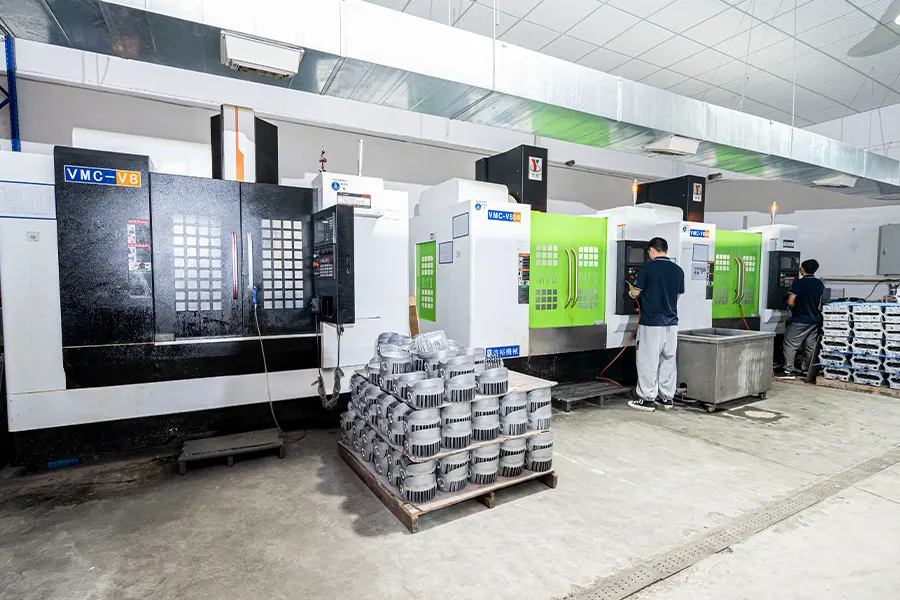
CNC Milling Machines
CNC milling machines use rotary cutters to remove material from a workpiece. They are versatile machines capable of creating a wide range of shapes and sizes.
CNC Turning Machines
CNC turning machines are used to create cylindrical parts by rotating the workpiece while a cutting tool removes material. These machines are ideal for producing parts with rotational symmetry.
CNC Plasma Cutters
CNC plasma cutters use a high-velocity stream of ionized gas to cut through materials such as metal. They are commonly used for metal fabrication and cutting applications.
CNC Laser Cutters
CNC laser cutters utilize a high-powered laser to cut through materials with precision and speed. They are ideal for intricate cutting and engraving applications.
Basic Components of CNC Machines
Controller
The controller serves as the brain of the CNC machine, interpreting the design data and converting it into motion commands for the machine tools.
Machine Tool
The machine tool is the physical equipment used to shape and cut the workpiece. It is controlled by the CNC system to perform the required operations.
Workpiece
The workpiece is the raw material that is being shaped and modified during the machining process. It is secured to the machine tool for processing.
Cutting Tool
The cutting tool is the tool that removes material from the workpiece to create the desired shape. It is controlled by the machine tool to perform precise cutting operations.
CNC Machining Step by Step Process
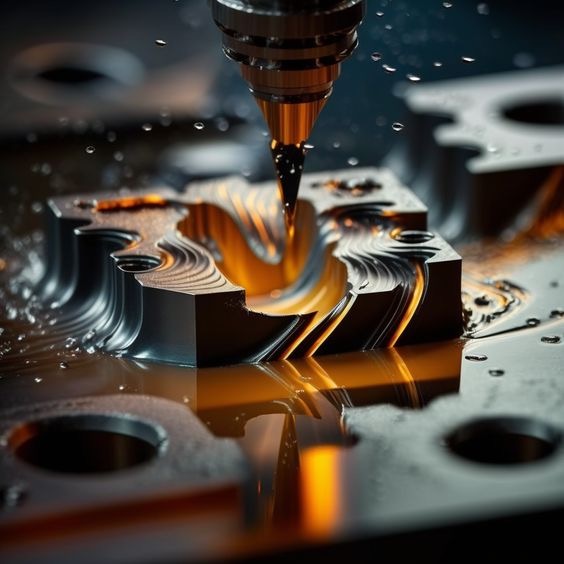
To gain a deeper understanding of CNC machining basics, it is essential to comprehend its operational mechanism. Let’s explore the following five steps.
#1: Designing the Part
The first step in the CNC machining process is designing the part using CAD software. The designer creates a digital model of the part, including dimensions, features, and tolerances.
#2: Programming the Machine
Once the part is designed, the CAM software generates toolpaths and instructions for the CNC machine. These instructions specify the movements of the machine tools and the cutting operations to be performed.
#3: Setting up the Machine
The CNC machine is set up according to the instructions generated by the CAM software. This includes loading the workpiece, securing it to the machine tool, and calibrating the machine for the specific operation.
#4: Executing the Operation
With the machine set up and programmed, the CNC machining operation can begin. The machine follows the pre-defined toolpaths and performs the cutting operations to shape the workpiece as specified in the design.
#5: Quality Control
Throughout the machining process, quality control measures are implemented to ensure that the finished part meets the required specifications. Inspections and measurements are carried out to verify the accuracy and quality of the final product.
Materials Used in CNC Machining
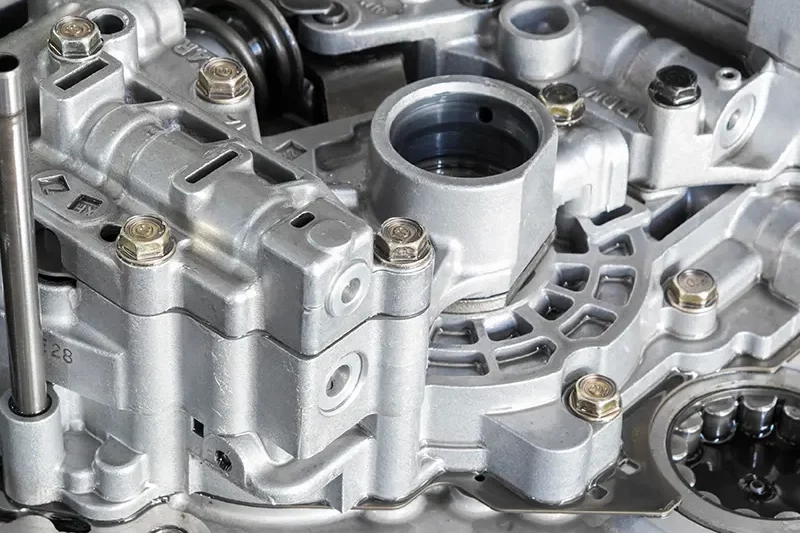
There are wide array of materials that are commonly utilized in CNC machining processes.
Metals
Metals such as aluminum, steel, and titanium are commonly used in CNC machining due to their strength, durability, and machinability. These materials are ideal for a wide range of applications across various industries.
Plastics
Plastics like ABS, PVC, and acrylics are popular choices for CNC machining due to their versatility, lightweight properties, and cost-effectiveness. They are used in applications where weight, corrosion resistance, and aesthetics are important.
Wood
Wood materials such as hardwood, softwood, and plywood are also used in CNC machining for applications such as furniture, cabinetry, and decorative items. Wood offers a natural aesthetic and easy machinability.
Composites
Composite materials, which are made up of two or more materials with different properties, are gaining popularity in CNC machining. Carbon fiber, fiberglass, and Kevlar composites offer high strength-to-weight ratios and are used in aerospace, automotive, and sporting goods industries.
Applications of CNC Machining
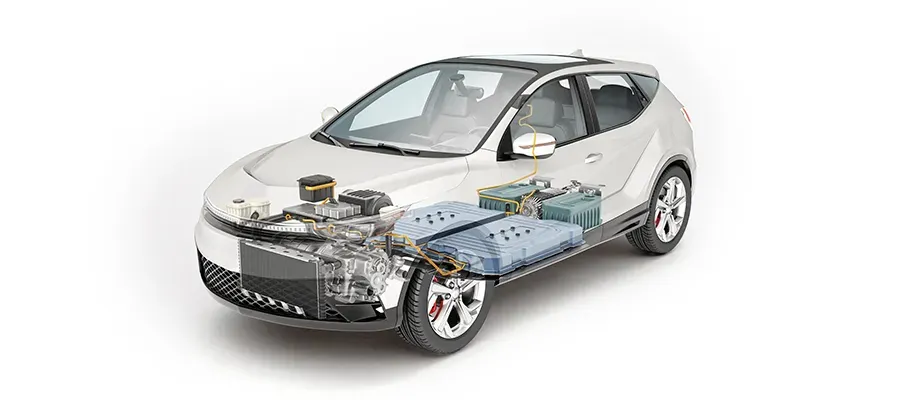
Because of its versatility and numerous advantages, CNC machining finds extensive applications across various industrial sectors.
Aerospace Industry
The aerospace industry relies heavily on CNC machining for the production of aircraft components, engine parts, and structural elements. The precision, accuracy, and repeatability of CNC machining make it indispensable in aerospace manufacturing.
Automotive Industry
In the automotive industry, CNC machining is used to produce a wide range of components, from engine parts to body panels. The efficiency and consistency of CNC machining ensure that automotive manufacturers can meet the demanding quality standards of the industry.
Medical Industry
CNC machining plays a crucial role in the medical industry for the production of surgical instruments, implants, and medical devices. The ability to create complex and customized parts with tight tolerances makes CNC machining a preferred manufacturing method for medical applications.
Electronics Industry
The electronics industry relies on CNC machining for the production of circuit boards, enclosures, and other electronic components. The precise and intricate cutting capabilities of CNC machines enable electronics manufacturers to create high-quality products with precision and accuracy.
Advancements in CNC Technology
In this section, we will delve into the latest innovations and technological progressions that are propelling the evolution of CNC machining. Discover how these advancements are reshaping the landscape of precision manufacturing and revolutionizing industrial processes across various sectors.
Automation
Advancements in automation technologies have revolutionized CNC machining, allowing for increased productivity, reduced labor costs, and improved process efficiency. Automated tool changing, robotic loading, and integrated quality control systems are just some of the automation features that enhance CNC machining operations.
Artificial Intelligence
Artificial intelligence (AI) is being integrated into CNC machining systems to optimize cutting parameters, predict tool wear, and improve process control. AI algorithms analyze data in real-time to make adjustments and optimizations that enhance machining performance and quality.
3D Printing Integration
The integration of 3D printing technologies with CNC machining is transforming the manufacturing landscape. Hybrid machines that combine additive and subtractive manufacturing capabilities offer new possibilities for creating complex geometries, reducing material waste, and increasing design flexibility.
Industry 4.0
The concept of Industry 4.0, which focuses on the digital transformation of manufacturing processes, is driving innovation in CNC machining. Smart factories, interconnected machines, and data-driven decision-making are enabling manufacturers to optimize production, increase efficiency, and adapt to changing market demands.
Conclusion
In conclusion, CNC machining is a powerful and versatile manufacturing technology that offers a wide range of benefits, applications, and opportunities for growth and innovation. Learning the basics of CNC machining, the types of machines and the components involved is essential for manufacturers looking to leverage this technology in their operations. With its ability to produce complex designs, work with a variety of materials, and cater to diverse industries, CNC machining continues to be a vital tool in modern manufacturing processes.
FAQs on CNC Machining
1. What is cnc milling?
CNC milling is a manufacturing process that uses computer-controlled rotating cutting tools to remove material from a workpiece.
2. What is cnc turning?
CNC turning is a manufacturing process where a cutting tool is used to remove material from a rotating workpiece to create cylindrical parts.
3. What is a cnc router?
A CNC router is a computer-controlled cutting machine used for cutting various materials such as wood, plastics, and metals.
4. What does cnc stand for in machining?
In machining, CNC stands for Computer Numerical Control, which refers to the automation of machine tools through computer programs to execute precise and complex machining operations.

